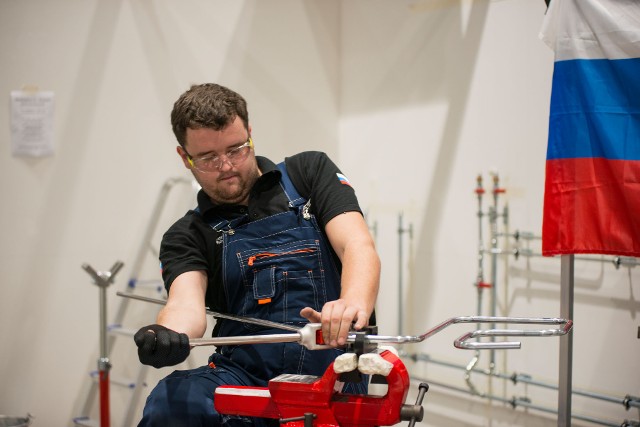Image Source: Google
As winter approaches, it is important to prepare your home's plumbing and heating systems to ensure they are in top working condition. Here are some top tips for winterizing your home's plumbing and heating systems.
1. Insulate exposed pipes: One of the most important steps in winterizing your plumbing system is to insulate any exposed pipes. This will help prevent them from freezing and potentially bursting during cold weather. You can use foam pipe insulation or heating tape to protect your pipes from the cold. Make sure to pay close attention to pipes in areas that are not well-insulated, such as attics, basements, and crawl spaces.
2. Seal any leaks: Check for any leaks in your plumbing system and make sure they are sealed properly. Leaks can not only lead to water wastage but also increase the risk of frozen pipes. Use caulk or weatherstripping to seal any gaps around windows, doors, and pipes to prevent cold drafts from entering your home.
3. Drain outdoor faucets and hoses: Before the temperatures drop below freezing, make sure to drain and disconnect any outdoor hoses and faucets. This will prevent the water from freezing and potentially causing damage to the pipes. You can also install frost-proof outdoor faucets to help protect them from the cold.
4. Service your heating system: It is essential to have your heating system serviced before the winter season starts. A professional HVAC technician can inspect and clean your furnace or boiler, check for any issues, and ensure that it is working efficiently. This will not only help keep your home warm but also extend the lifespan of your heating system.
5. Install a programmable thermostat: Installing a programmable thermostat can help you save money on your heating bills during the winter months. You can set the thermostat to lower the temperature when you are away from home or asleep and raise it when you are at home. This will help you maintain a comfortable temperature while reducing energy consumption.
6. Check your chimney and fireplace: If you have a fireplace, make sure to have it inspected and cleaned before using it in the winter. A buildup of creosote in the chimney can pose a fire hazard, so it is essential to have it removed by a professional chimney sweep. Additionally, check that the damper is working correctly to prevent cold drafts from entering your home.
7. Consider installing a water heater blanket: To help your water heater run more efficiently during the winter, consider installing a water heater blanket. This insulation blanket can help reduce heat loss and save you money on your energy bills. Make sure to follow the manufacturer's instructions when installing the blanket to ensure it is done correctly.
